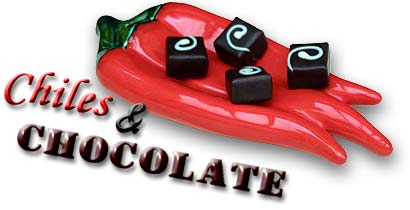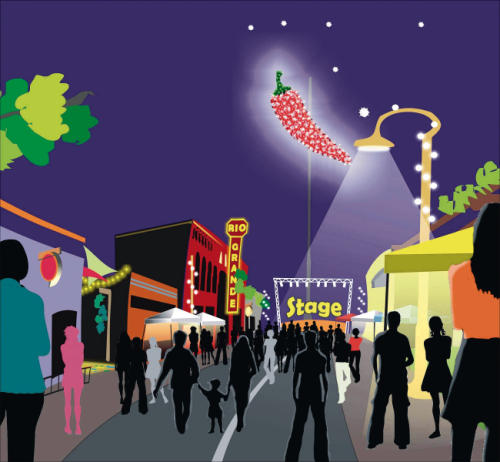Using the same technology that proved the use of chocolate at Chaco Canyon, New Mexico, researchers have analyzed the contents of the residue of pots from ancient Mexico and discovered traces of chiles without chocolate. This indicates that either chile sauces were being made, or that they were used to spice up other beverages, about a thousand years earlier than the Cerén archaeological site in El Salvador.
Terry Powis, associate professor of anthropology, and colleagues at Kennesaw State University in Georgia have chemically analyzed the residue in 13 pottery vessels, including spouted jars, pots and vases dating from 1700–2400 years ago that were found at an archaeological site in the state of Chiapas, which was at that time inhabited by the Mixe–Zoquean people.“The best and most direct evidence for chile pepper use in Mesoamerica prior to our study is from Ceren,” (see our article here) says Powis. “So our work pushes back this date from circa AD 540 to circa 400 BC. To be honest, our study is the only one of its kind to show direct evidence of chile pepper use. In all of the other examples listed in the paper there is only indirect evidence – of chiles and pots found together. We actually linked the two together for the first time, and that is an important development. Therefore, we actually have the earliest known consumption of the peppers.” Read the entire article here.
New Find Proves Chile Sauce Use 2,000 Years Ago












